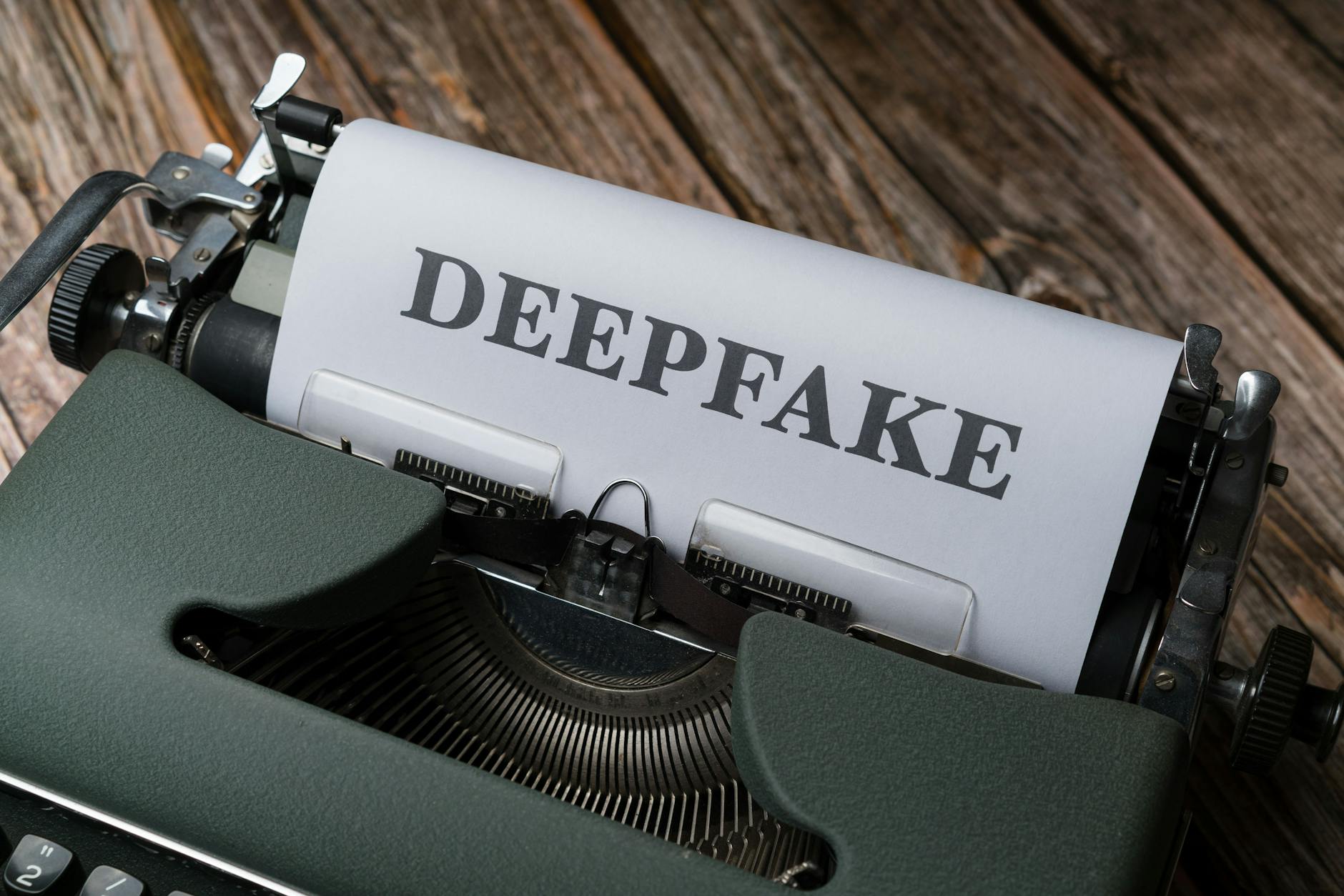In today’s digital age, deepfake technology has become increasingly sophisticated, posing a significant challenge to distinguishing reality from deception. Detecting deepfakes has become crucial to prevent the spread of misinformation and protect individuals and organizations from falling victim to AI scams. In this article, we will explore essential tips and techniques for uncovering deepfakes and staying vigilant in the face of technological manipulation.
Understanding Deepfake Technology
Before delving into detection methods, it’s essential to grasp the basics of deepfake technology. Deepfakes are synthetic media that use artificial intelligence (AI) to create fake images, videos, or audio recordings that appear remarkably realistic. These manipulated media can range from innocent entertainment to malicious intent, such as spreading misinformation or defaming individuals.
Analyzing Facial and Voice Cues
One key aspect of detecting deepfakes is to closely inspect facial and voice cues in the media content. Look for inconsistencies like unnatural facial movements, mismatched lip-syncing, or odd pauses in speech. Deepfake algorithms may struggle to replicate subtle details like eye movements or microexpressions, making these discrepancies valuable clues in identifying manipulated content.
Checking for Visual Artifacts
Deepfake videos often exhibit visual artifacts or imperfections that can give away their artificial nature. Keep an eye out for anomalies such as blurred edges, pixelation, or distortion in the background. These artifacts may indicate the use of AI algorithms to alter the original footage, exposing the deceptive nature of the content.
Verifying the Source
When encountering suspicious media content, always verify the source before drawing conclusions. Deepfakes are frequently distributed through unverified or unreliable channels, aiming to deceive viewers without scrutiny. Cross-check information with reputable sources, conduct reverse image searches, or consult experts in the field to validate the authenticity of the content.
Employing AI Detection Tools
In the ongoing arms race against deepfake technology, utilizing AI detection tools can provide an extra layer of defense. Various software solutions and platforms are designed to analyze media content for signs of manipulation, using advanced algorithms to detect anomalies and deepfake patterns. By leveraging these tools, users can enhance their ability to identify and combat AI scams effectively.
Stay Informed and Educated
As deepfake technology continues to evolve, staying informed and educated on the latest developments is essential in detecting and preventing AI scams. Engage with trusted sources, participate in workshops or training sessions on deepfake awareness, and actively seek out information on emerging detection techniques. By arming yourself with knowledge and awareness, you can better protect yourself and others from falling victim to deceptive practices.
Conclusion
In conclusion, detecting deepfakes requires a blend of vigilance, critical thinking, and technological awareness. By understanding the workings of deepfake technology, analyzing visual and auditory cues, verifying sources, utilizing AI detection tools, and staying informed, individuals can enhance their ability to uncover AI scams and combat misinformation effectively. With these essential tips in mind, we can collectively work towards a more secure and trustworthy digital landscape.



